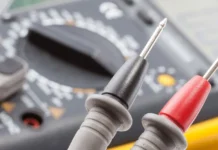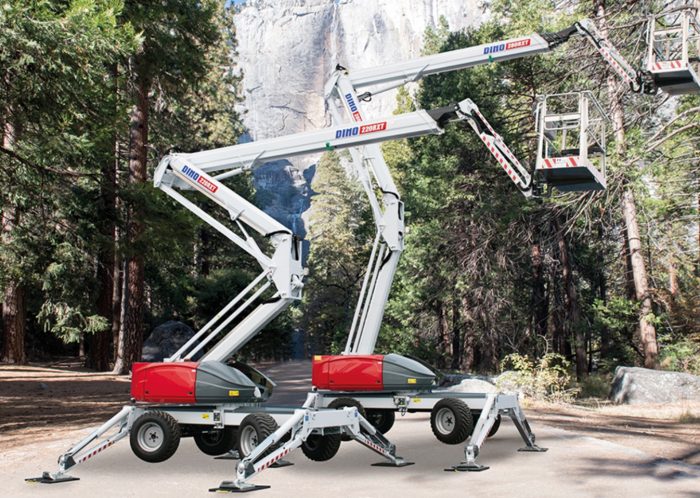
Sometimes you need to do some work high above the ground. It’s not always easy, safe or even possible to use ladders, so, what do you do in those moments? It doesn’t matter what the job is, whether it’s windows washing, rescuing a cat from the tree, or painting a mural on a tall building, you need to get up there. Luckily for you, you don’t have to learn how to levitate – you just need an aerial work platform. Aerial platforms are used in all kinds of settings, for all kinds of work. Whether it’s inside work and stacking shelves in a warehouse or an outside work in rough terrain, aerial platforms can help you out.
We’ve talked about them in plural because there is more than one type of these platforms. Considering they’re used in different places for different things, their abilities differ. Some are suited for indoor work, some for outdoor. Some of them are great for reaching places that would other ways be hard to reach. Some of them can move in every direction, some of them don’t. For every situation, there is a suitable machine.
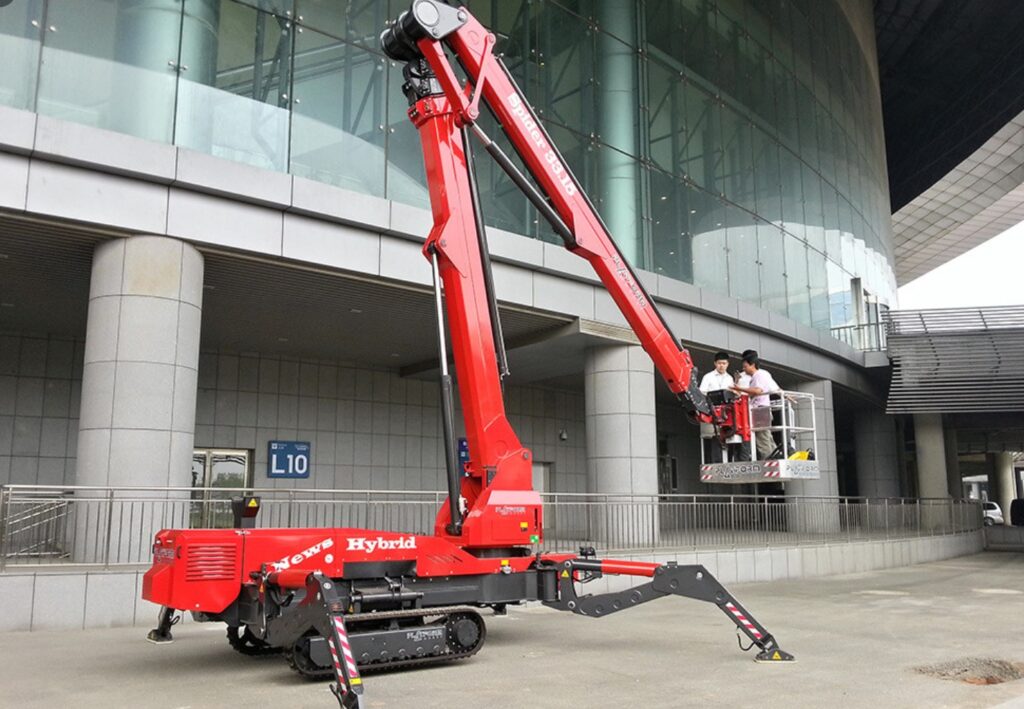
Let us first get acquainted with the different types of machines.
First of all, let’s start with boom lift, otherwise known as a spider platform. One of the most commonly used machines for above-ground work. You may see these machines very often by the buildings on the construction sites and if they don’t remind you of spider that’s okay, the name comes mostly from their 4 legs. If we ignore the fact that spiders don’t have four legs and a giant arm where their head should be, we can see this machine for what it actually is. This is a versatile aerial platform, suitable for all kinds of different jobs.
It is often associated with the cherry picker because it was primarily designed for picking fruits in the orchards. It still is often used in settings like those, because it is the best and the most efficient way to pick fruits off of the high trees. However, as we’ve mentioned, it’s very commonly used in construction. Because of its four legs, it’s very stable and able to perform well on uneven grounds such as construction sites. Another thing that makes this machine a very popular addition to a construction site is the fact that it can easily and safely reach certain places. The ‘front’ of the spider platform is a platform or a bucket that is attached to the arm which is attached to the vehicle. Inside the platform or a bucket is a control board that makes this machine easy to operate by one man while standing on the platform.
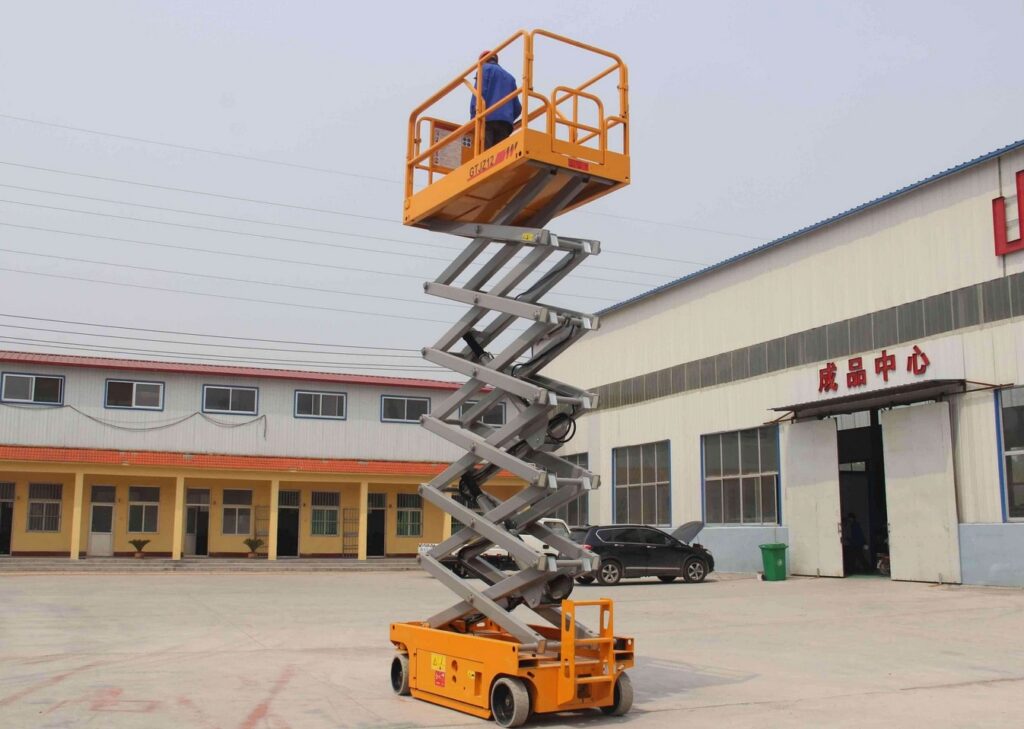
What makes this machine so versatile when it comes to terrain is, it can either come with wheels or with crawler tracks. Wheels are equipped with extremely durable tires that can handle any kinds of terrain, but the tracks offer additional stability and slip protection. Sometimes when the terrain is wet or slippery it might be best to have more traction keeping you in place. Additional support if of course offered by the four legs. They offer extra stability. You can find one of these platforms at CPSLift and decide whether you prefer the wheel or the track type.
What makes these machines great as well is that they are usually small and compact, so they can work both indoors and outdoors. With the help of the four legs, this machine can evenly spread out its weight over a greater area, making sure it doesn’t damage the interior flooring in case you need to use it inside. For example, the Leguan 165 model, is great for working indoors. It’s compact, easy to transport, has wheels for easy manoeuvring in tight spaces and with a maximum height of 16.4m and a staggering outreach of 7.85m this machine can easily be used virtually everywhere.
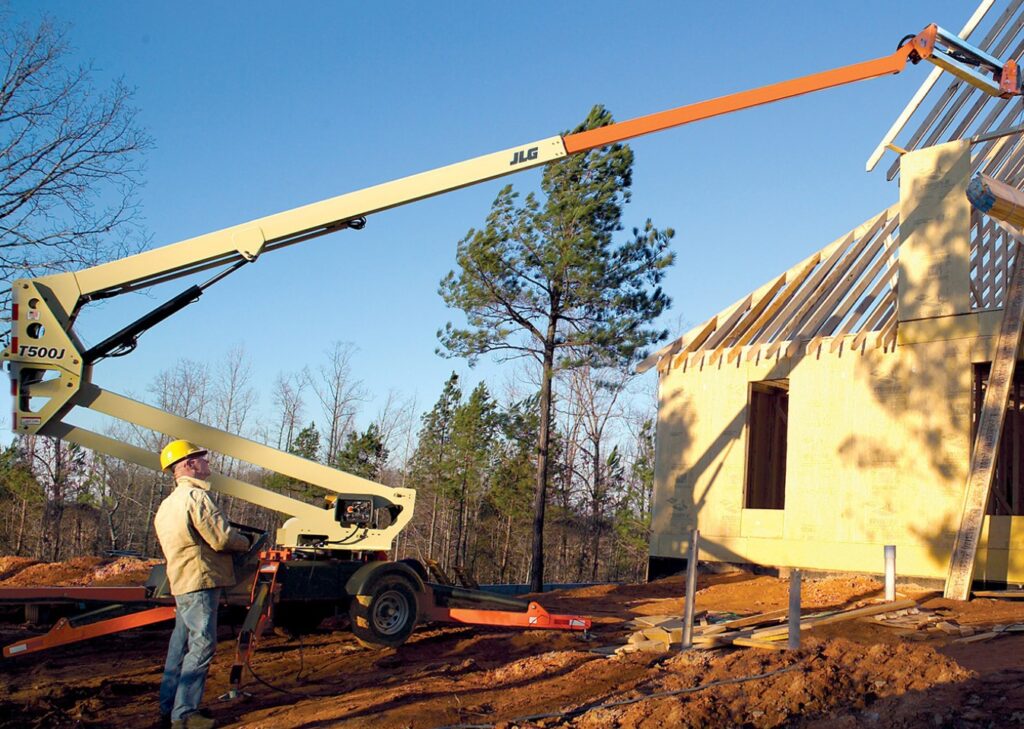
The competitor and one of the most commonly used lifts is the scissor lift. Scissor lifts are great for indoors but can be used outdoors as well. Most commonly, the scissor lifts only move in two directions – up and down. This is achieved by either pneumatic or hydraulic power and it can carry both people and materials. The name scissor comes from the criss-cross or X shaped support that lifts the platform.
What sets these machines apart from the spider lifts or other types of aerial platforms is that the scissor platform has to be directly underneath the work area. Because of how the machine is and it cannot move horizontally, your outreach is limited to the reach of your arms. However, this makes this machine ideal for jobs that are happening inside.
The most common use of a scissors lift is maintenance work, painting, warehouse work and so on. Given the design of the machine, the scissor lifts cannot reach as nearly as high as boom lifts. On the other hand, the platform is much larger and it can easily fit a number of individuals. It may not reach as high as the spider platform does, but it can hold a couple of people at once.
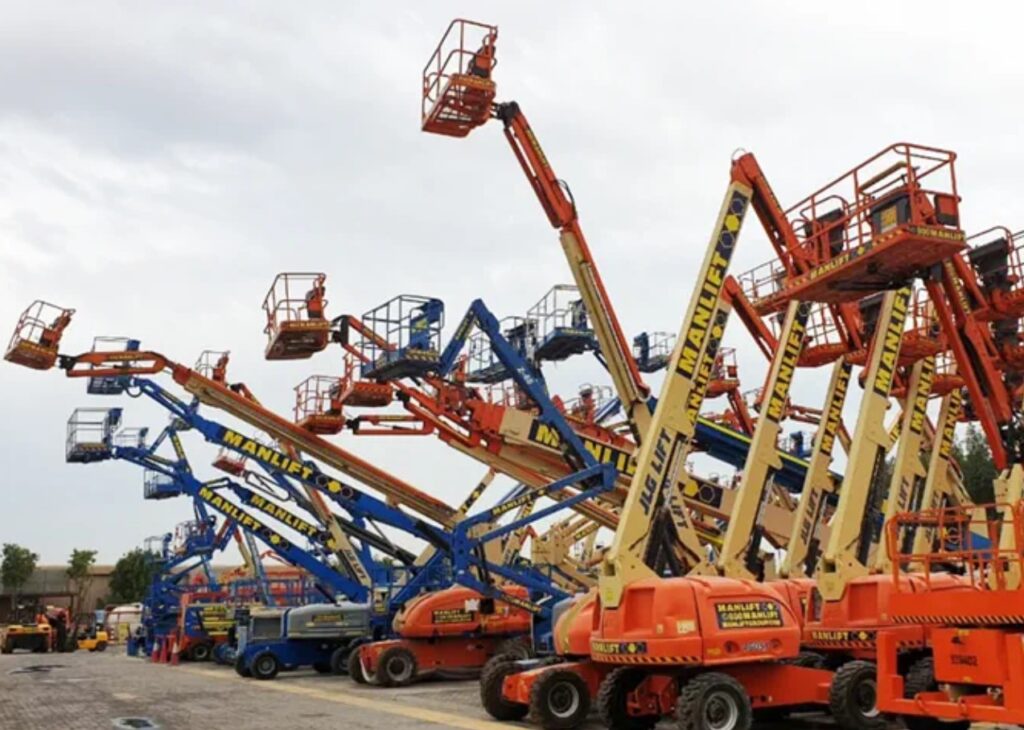
As far as manoeuvrability goes, this machine can go toe to toe with the best of them. It’s small and compact enough to fit in most spaces. Also, it is very easy to operate and move from one place to another if you decide upon a model with wheels. You can also find more stable and rough models that are suitable for working outdoors and on more uneven terrain. An additional advantage of the scissor platform is that even though it can only move up and down, the platform can be rotated because of the turntable at the base of the lift. This means that you’d be able to reach some areas without putting yourself in an awkward position.
With all things considered, especially the most important features like manoeuvrability, outreach, maximum height, stability on uneven terrain and so on, it’s clear that the scissor lift is the winner of this duel.



